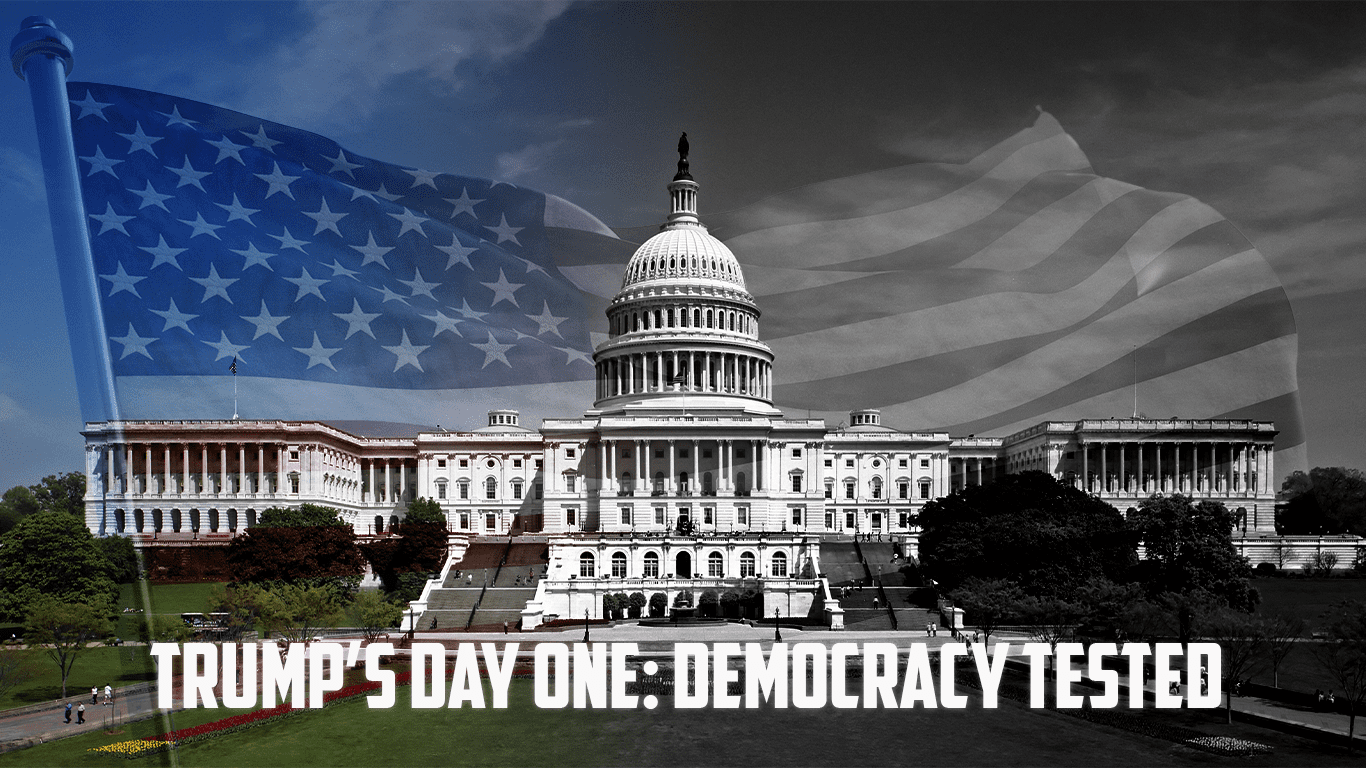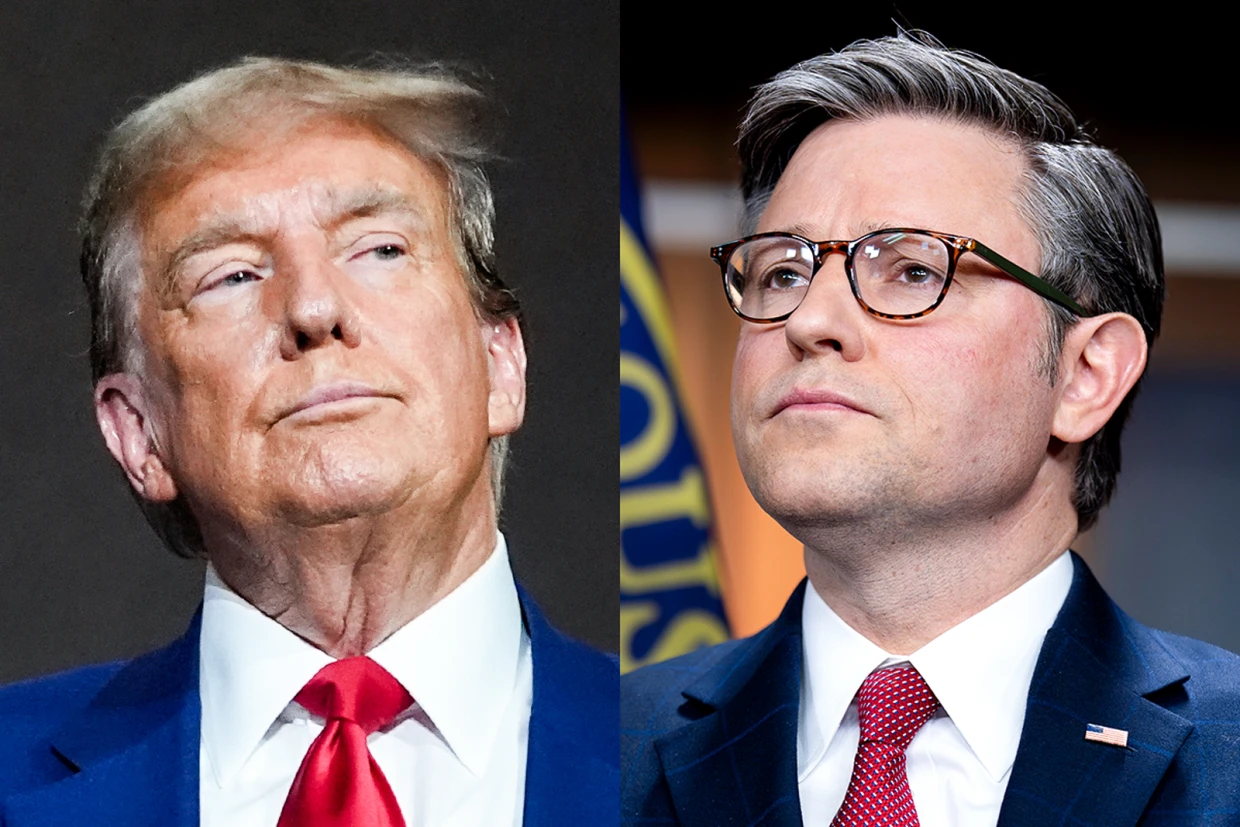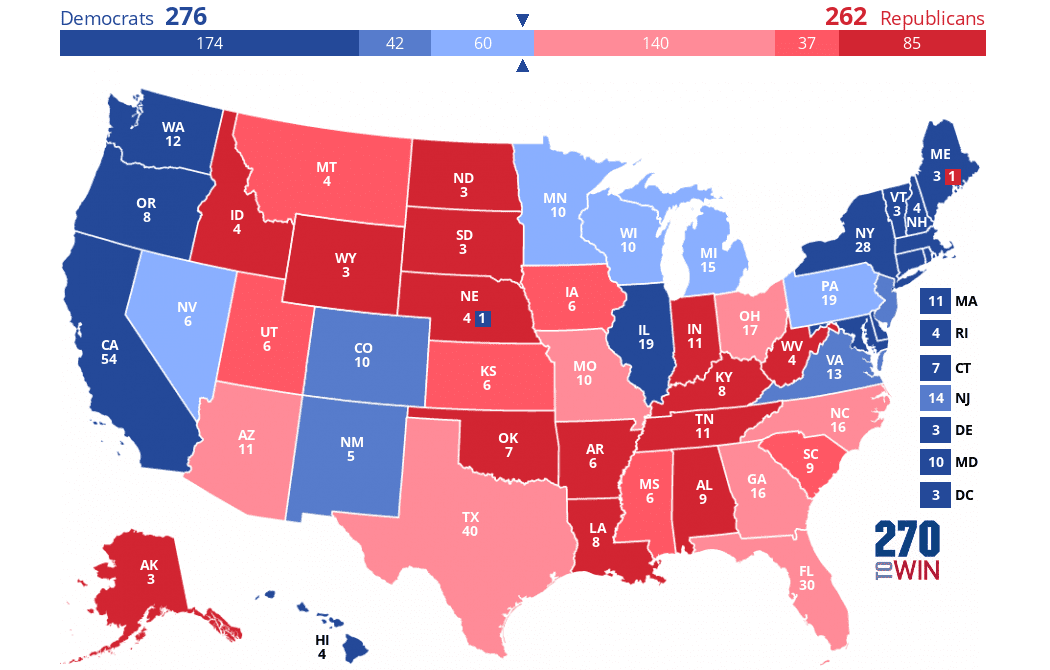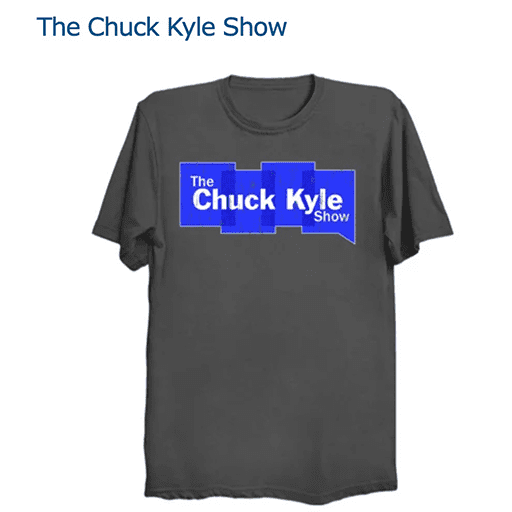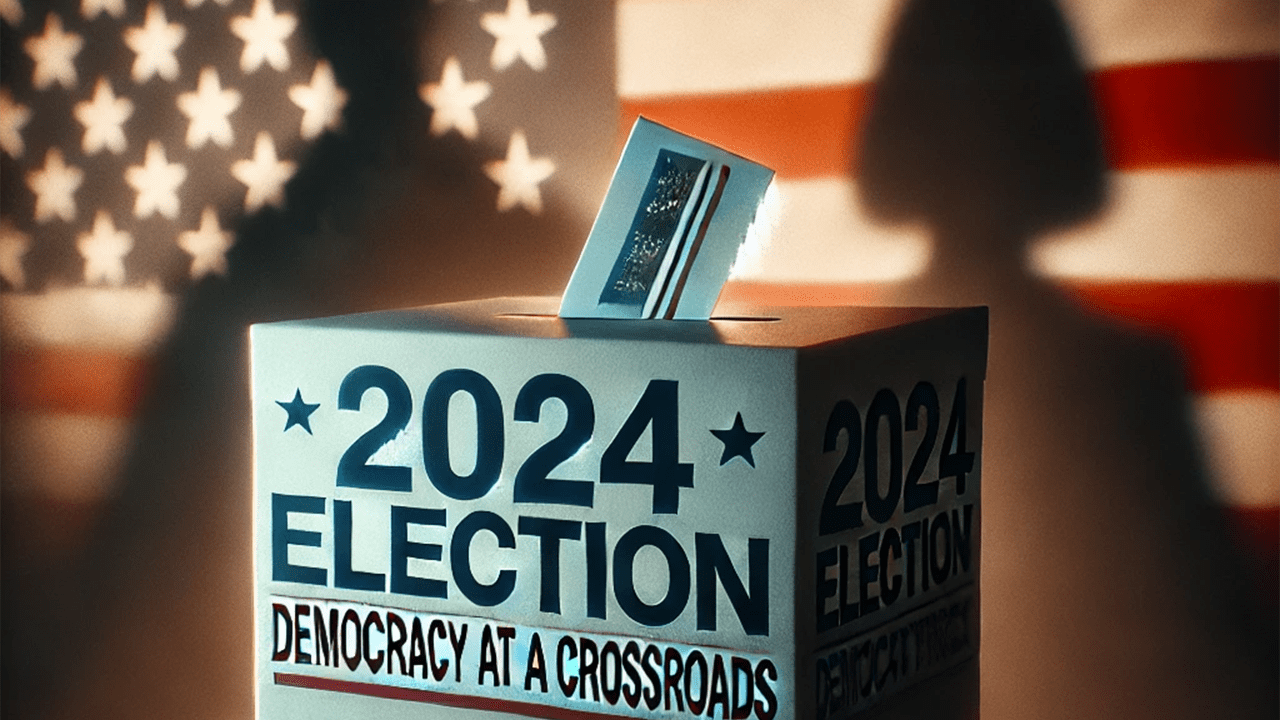Key Takeaways
- Even though President Trump got in most words, debate watchers tend to see former Vice President Biden as the overall winner. However, there was a sizable number who undecided.
- Nebraska polling data is all over the place regarding who they are going to vote for, everywhere from Biden +7 to Trump +17. Based on the other keys, Nebraska is leaning toward former Vice President Biden even though he is trailing in the polls.
- Undecided voters decreased in the last week, with the majority moving toward former Vice President Biden.
- Over 90% of Americans are thinking about the 2020 election daily and of those, 80% intend on voting.
- Trump voters are much more enthusiastic about voting for Trump (69%) as compared to less enthusiastic voters for Biden (39%). Of those who plan on voting for Biden, 44% are doing so mainly to oppose President Trump.
- Post-debate and other appearances, former Vice President Biden’s favorability rate has climbed.
- Most of my predictions stayed flat from June to September 1. However, former Vice President Biden has continued to climb while President Trump has been trending downward in the popular vote.
- Close race states – Ohio, North Carolina, Georgia, Arizona, Florida, Iowa, Texas, Pennsylvania, and Wisconsin
- States that can be flipped because of the state keys – Colorado, Iowa, Nevada, North Carolina, and Nebraska
- As of October 2, President Trump has a negative twelve approval index on his overall job performance.
The Analysis
As everyone knows, President Trump is currently at Walter Reed Hospital, being treated for mild symptoms from COVID-19. There is a ton of misinformation coming out of the White House regarding when the President contracted the disease. When he tested positive or at least had been close to Hope Hicks, which appears to be Patient Zero in his inner circle, at this point, I do not think his diagnosis nor treatment will affect the voter. The only item that may have an impact is if it is shown that he knew he had been exposed, and he continued his campaign activities. The coronavirus is the number one concern, across the board, of the American voter.
Knowing that the President was exposed and frankly appeared not to care could affect how someone votes.
An interesting change in how the Trump campaign is using their minimal funds occurred at the beginning of the week. As I mentioned, Ad Reservation and Ad Buys were a method that I used to determine if a candidate was emphasizing a state. The Trump campaign has canceled all their ad reservations, specifically Ohio and Iowa, are only keeping ads in Arizona, Georgia, and Florida.
Looking at all the polling data, it will be a close race in Ohio, and since 1964, no President has ever won the election without winning Ohio. Has the Trump campaign abandoned hope in Ohio? There is nothing to suggest that it is now a safe win there for Trump, so this is my only conclusion.
More and more, looking into the numbers, it does appear as if this election will be determined in the Rustbelt. How could it go Trump’s way? In 2016, the voter expectation was that Hillary Clinton was going to win the election. In 2020, the voter expectations within the Rustbelt is that Trump is favored to win. Why do the voters say they are going to vote for Biden but when asked who is going to win the election, they responded with Trump?
Unemployment
In the last three weeks, there has been an increase in unemployment claims. Yelp data shows a surge in small businesses that are being listed as permanently closed. As of yesterday, talks on Capitol Hill to provide some support has broken down.
Supreme Court
The majority (65%) have said that filling or leaving the seat vacant will not affect their vote. However, 43% said that should not be filled until after the election. What’s the rush? Only two plausible answers can be developed from this question. First, the White House and Senate believe that President Trump’s re-election is in jeopardy therefore, this needs to be completed before November. Second, there is a real possibility that the high court will have some say in the election results like the Bush v. Gore decision in 2008.
Approval Rating and enthusiasm
Looking at the Rasmussen Approval Index, President Trump has moved from a -9.5 to -12.0. The approval index takes all polls and then compares the approval to disapproval rating. A negative number shows that more people disapprove than approve of the President’s job performance. Job approval is a big key within Lichtman’s 13-keys.
Looking at all state polls, this approval rating to disapproval is very consistent even in states in which President Trump is leading by +5 in the polls.
Enthusiasm is an area President Trump easily beats former Vice President Biden. When polled, those voting for Trump are almost always over 65% excited to do so and less than 15% because they are voting against the former Vice President. However, for those voting for Biden, close to 40% are an anti-Trump vote. An interesting study would be to determine if a person is more driven to the polls as an enthusiastic ‘for’ or ‘against’ voter. My gut feeling it is for, but in this day and age, who knows.
The Keys are changing.
The only nationwide key to change is that of Georgia. Beginning in September, President Trump leads Joe Biden in the polls by +2. Over the next 30 days his lead diminished to a tie and then for the first time in now the lead is in Biden’s hands with a +0.3However, the MoE is ±4.0; thus a 47% to 45% is a tie. The undecided vote in Georgia is around 6%. The most shocking statistic is when you look is party lines are being followed. When polled, those who stated they were Republicans said they would vote 97 to 3 for Trump over Biden. Those who stated they were Democrats were no different, 98 to 2, for Biden over Trump. This could be an indicator of a shift in overall party identification in the state of Georgia.
Polling Methodology
A comment, made on one of my posts, that my analysis is flawed because most Republicans will not talk to pollsters, but they are being underestimated. This is a common argument that I have seen on conservative websites, talk radio, and TV. Their argument goes like this. The polling industry is just part of the “elite establishment’ thus, republicans are refusing to participate in public opinion polls; therefore, their voting preferences are being underestimated. Many of these Trump supporters are considered the “silent majority” or “shy Trump voters”.I will be the first to admit that this may be true regarding exit polling. The methodology and sampling is just as it sounds. Pollsters conduct exit polls to gain early indications of who will win, and many Republicans just refused to participate.
The actual exit poll is not determined to have a specific sampling size nor composition. However, high-quality national telephone polls do not appear to have an under-sampling of Republicans.So there must be one of three answers. First, Republicans are not answering public opinion surveys. Second, the surveys are designed to underestimate Republicans. Third, the demographics of the polls are representative of the actually voter population
When I conduct my analysis, I dig into the demographics to see what the polling sample shows. Almost all the polls that I use show that the mix is between 40-60% Republicans to Democrats or vice versa. The polls are designed to have a sampling rate of about 50/50. This is why I have received public opinion polls, and when asked if I was a white male, military, and a Republican, when I stated yes, I go the polite thank you for your service, and they disconnected. It doesn’t mean they did not want my opinion; it was just my demographic had already been represented in their survey. In the second one, I will have to use the results to indicate their lack of bias. When looking at several different polls from different organizations, their products are pretty consistent. I know of a few polls that tend to lean left or right, but even with those their numbers are about the same.
The Debate and Wrap up
The Debate was interesting, to say the least. Historically, debates have little to no effect on voter preference. I guess it is more designed for the undecideds.
Maybe? However, when asked who won the debate across the board, 35 to 45% stated former Vice President Biden, while 18% (FL) to 38% (NH) stated that President Trump won the debate; however, 47% said that there was no winner.
Pennsylvania will be the tipping point state for a Biden Harris victory. As icing on the cake, I predict they will also carry Nebraska (NE-2), Florida, Arizona, North Carolina, Maine (ME-2), and Ohio. States that may follow the others if they vote based on the state keys are Georgia, Iowa, and Texas.
My conclusion? Biden is leading not because the polls are under-sampling Republicans, but because he has more support than Trump nationally. Biden has the potential to have a landslide win with a range from 306 electoral votes to 411.





